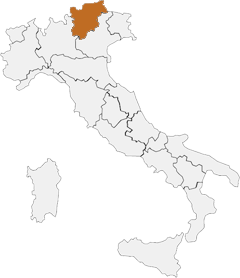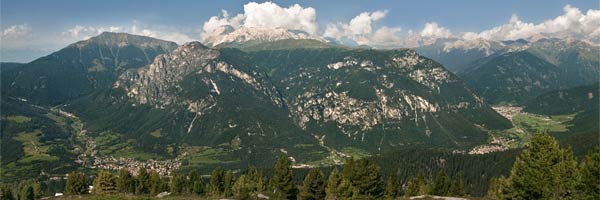There are more than 30,000 pictographs and inscriptions covering the rocky terraces of Mount Cornón. This writing phenomenon well suited the shepherds' working existence: its solitude and the frequent idle times almost inevitably left space for the written word. The rocky cliffs of Cornón formed a huge blackboard for the Fiemme shepherds and every care was taken with the inscriptions because they were destined to last through time and survive their authors. They were inserted into a specially framed space, often much higher than ground level, which the writers reached with the help of poles that served as makeshift ladders or with the aid of springtime snow piles.
In the altitude range between 1200 and 2000 metres there are numerous caves and crevices form in them as material separates at the base of their walls, as a result of karst processes.
Some of these shelters have been frequented by man searching for protection against bad weather.
The surveys conducted between 2006 and 2012, with the aim of registering the inscriptions and other evidence of human activity on Mount Cornón, have also allowed us to identify structures connected with the practice of mountain summer pasturage. Here we have huts (or the foundation walls of huts), lodges and rock shelters which demonstrate very intense land use and a strict regulation of the use of collective resources.
Mountain dairies and lodges are usually found where there is high altitude (above 2000m) grassland, even if there are examples of constructions made at lower heights too, always though where there are meadows or clearings.
The rock shelters, however, are located almost exclusively in the middle range of the mountains. Forty-one were surveyed which had evidence of human use. These shelters have a total area ranging from five to twenty square metres. Human occupancy was evidenced by the presence of a series of unequivocal clues such as dry stone walls, remains of wooden structures, evidence of fires being lit and abandoned objects (fragments of tools, wire, nails, etc..).


